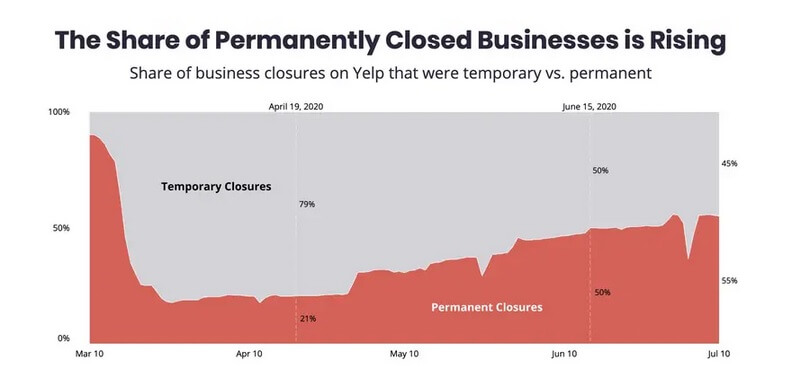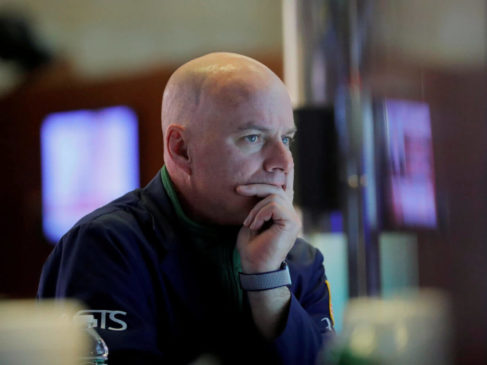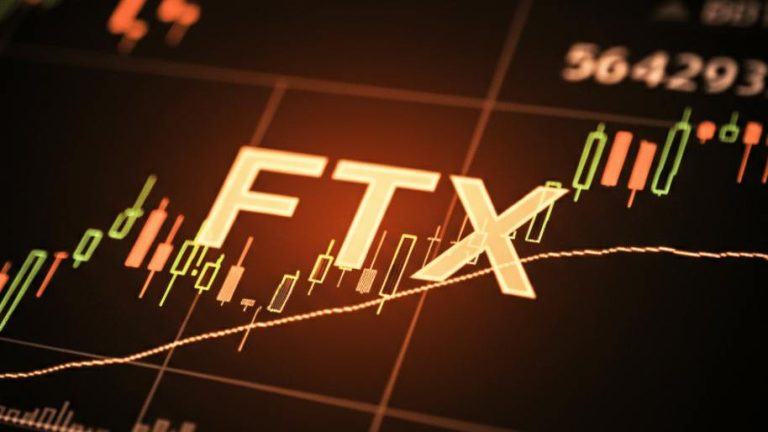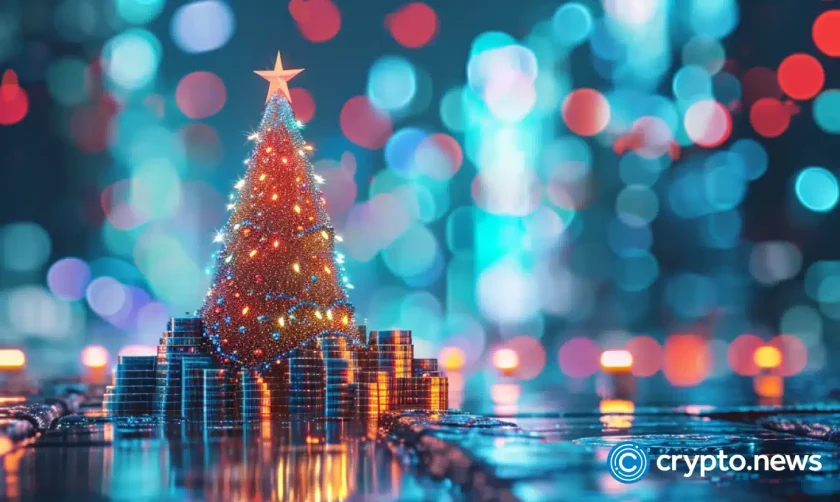- The post-March stock rally is following the returns after the financial crisis.
- That suggests stocks could still see another 20%-plus returns.
- The move is driven by zero percent interest rates, not fundamentals.
The stock market rally of 2020 has been compared to the late 1990s “devil may care” pre-internet bubble crash. A better analogy would be the Great Financial Crisis of 2008-2009.
Rally Tracking Post-Financial Crisis Crash
Based on valuation thanks to earnings, the 2020 stock market rally is following pretty closely to how stocks performed back in early 2009.
The nascent recovery in stocks back then, while the economy remained dire, is a close parallel–as was the massive fiscal and monetary stimulus by governments and central banks.
Looking at the subsequent performance in the stock market, we can see that if the trend continues, equities are likely to add another 15% to 20% before the end of the year.
Is This Time Different?
So, where will stocks go? Let’s look at a few factors that may impact their returns.
There’s a rising level of uncertainty among professional investors like hedge fund managers. That’s based on concerns over how long it will take corporate America to recover, and the loss of total dividends and share buybacks in the market.
These fears also occurred after the financial crisis in the stock market as well. So that may not impact stocks as much as some may think.
The real difference comes in the severity of the economic numbers. A 9% drop in GDP (annualized to 32% for the maximum fear factor) and unemployment numbers over 10% (after initial predictions closer to 30%) are the real differences between the financial crisis and today.
GDP crumbled because workers stayed home, either under orders to do so or because places to go had voluntarily closed. That will change in time. Unemployment largely impacted lower-wage workers and will take time to recover. We saw that with the financial crisis as well.
Finally, as with the last crisis, publicly-traded companies have been able to weather the storm. Smaller companies haven’t. Yelp reports over 155,000 business closures since March 1, of which nearly three out of five are permanent.

As nearly all of those losses are small, non-publicly-traded companies, that’s similar to other crises as well.
All told, this stock market recovery isn’t so different than many others.
Sure, there are some weird fringe movements as retail traders buy bankrupt companies or send shares soaring in mega-caps ahead of stock splits. But we’re following the 2009 post-crisis playbook, and socks have more room to run.
Ultimately, where stocks go from here come down to policymakers. If governments and central banks can continue to stimulate for years and interest rates remain near-zero (or lower), stocks will be the best game in town and will continue to outperform.
In time, as with the last crisis, corporate earnings, dividends, and share buybacks will recover as well. We may get a small pullback soon, but the worst appears over.
Disclaimer: The opinions expressed in this article do not necessarily reflect the views of CCN.com and should not be considered investment or trading advice from CCN.com. Unless otherwise noted, the author holds no investment position in the above-mentioned securities.




